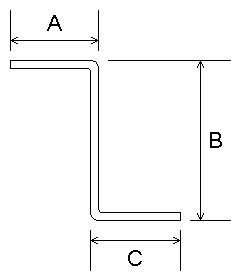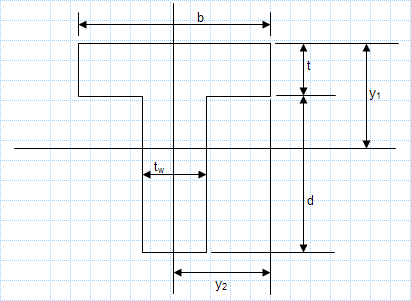Structural steel is steel construction material, a profile, formed with a specific shape or cross section and certain standards of chemical composition and mechanical properties. Structural steel shape, size, composition, strength, storage, etc., is regulated in most industrialized countries.
Structural steel members, such as I-beams, have high second moments of area, which allow them to be very stiff in respect to their cross-sectional area.
Common structural shapes
In most developed countries, the shapes available are set out in published standards, although a number of specialist and proprietary cross sections are also available.
- I-beam (I-shaped cross-section - in Britain these include Universal Beams (UB) and Universal Columns (UC); in Europe it includes the IPE, HE, HL, HD and other sections; in the US it includes Wide Flange (WF) and H sections)

Figure 1: Typical cross-sections of I-beams.
- Z-Shape (half a flange in opposite directions)

Figure. 3: Z sections.
- HSS-Shape (Hollow structural section also known as SHS (structural hollow section) and including square, rectangular, circular (pipe) andelliptical cross sections)

Figure 2: Hollow section.
- Angle (L-shaped cross-section)

Figure 3: Angle section.
- Channel ( [-shaped cross-section)

Figure 4: channel section.
- Tee (T-shaped cross-section)

Figure 5: T section.
- Rail profile (asymmetrical I-beam)
- Bar, a piece of metal, rectangular cross sectioned (flat) and long, but not so wide so as to be called a sheet.
- Rod, a round or square and long piece of metal or wood, see also rebar and dowel.
- Plate, metal sheets thicker than 6 mm or 1⁄4 in.
- Open web steel joist
While many sections are made by hot or cold rolling, others are made by welding together flat or bent plates (for example, the largest circular hollow sections are made from flat plate bent into a circle and seam-welded)
কোন মন্তব্য নেই:
একটি মন্তব্য পোস্ট করুন